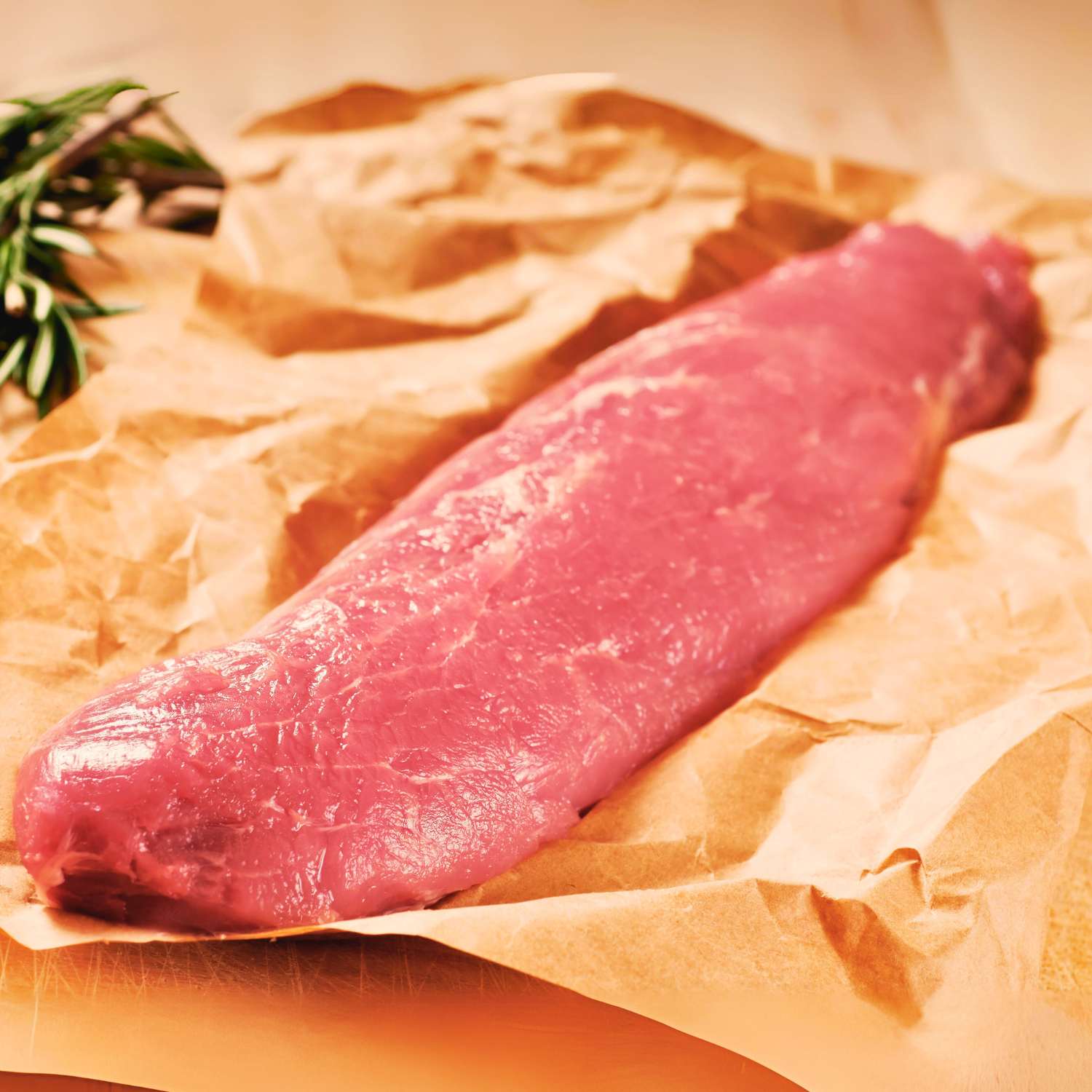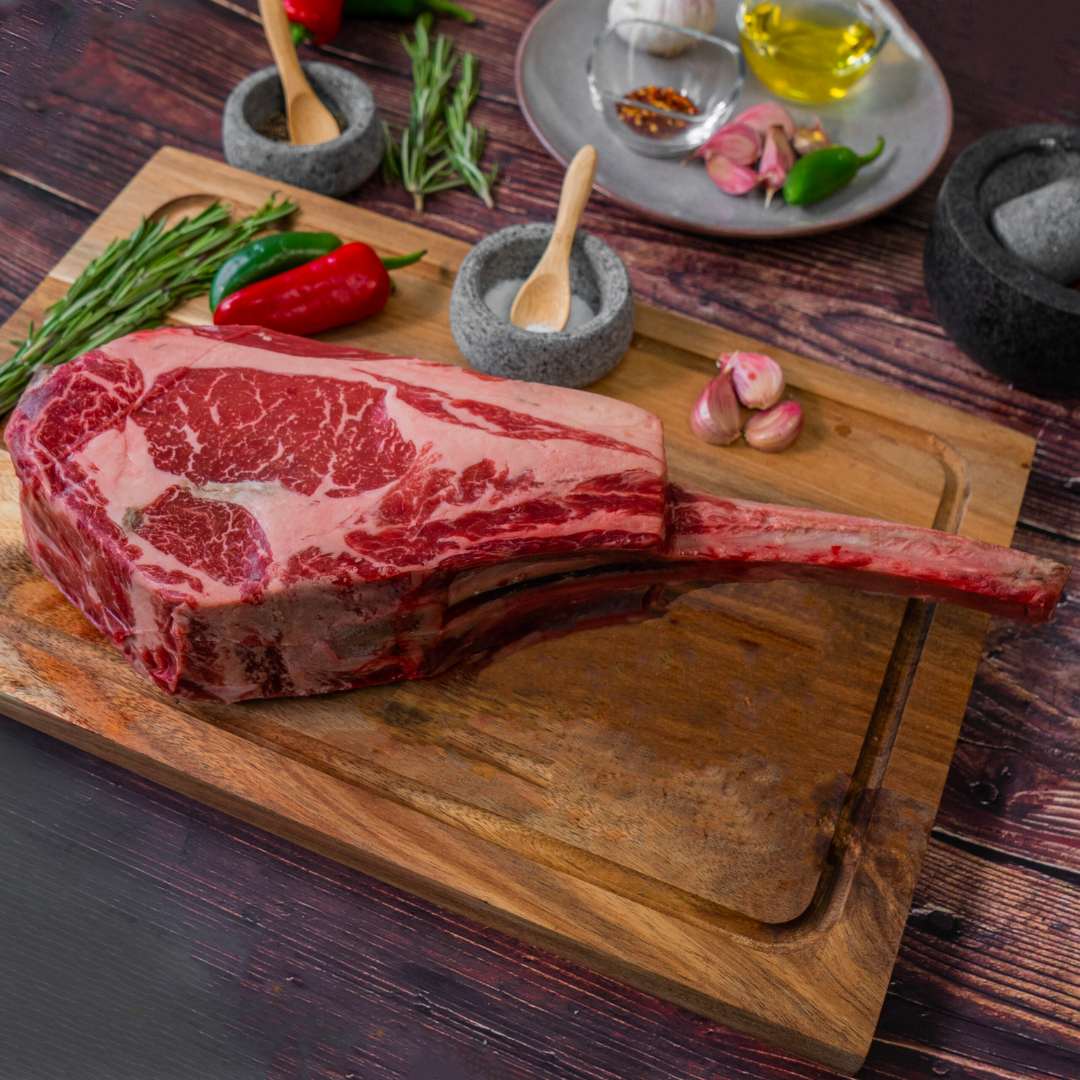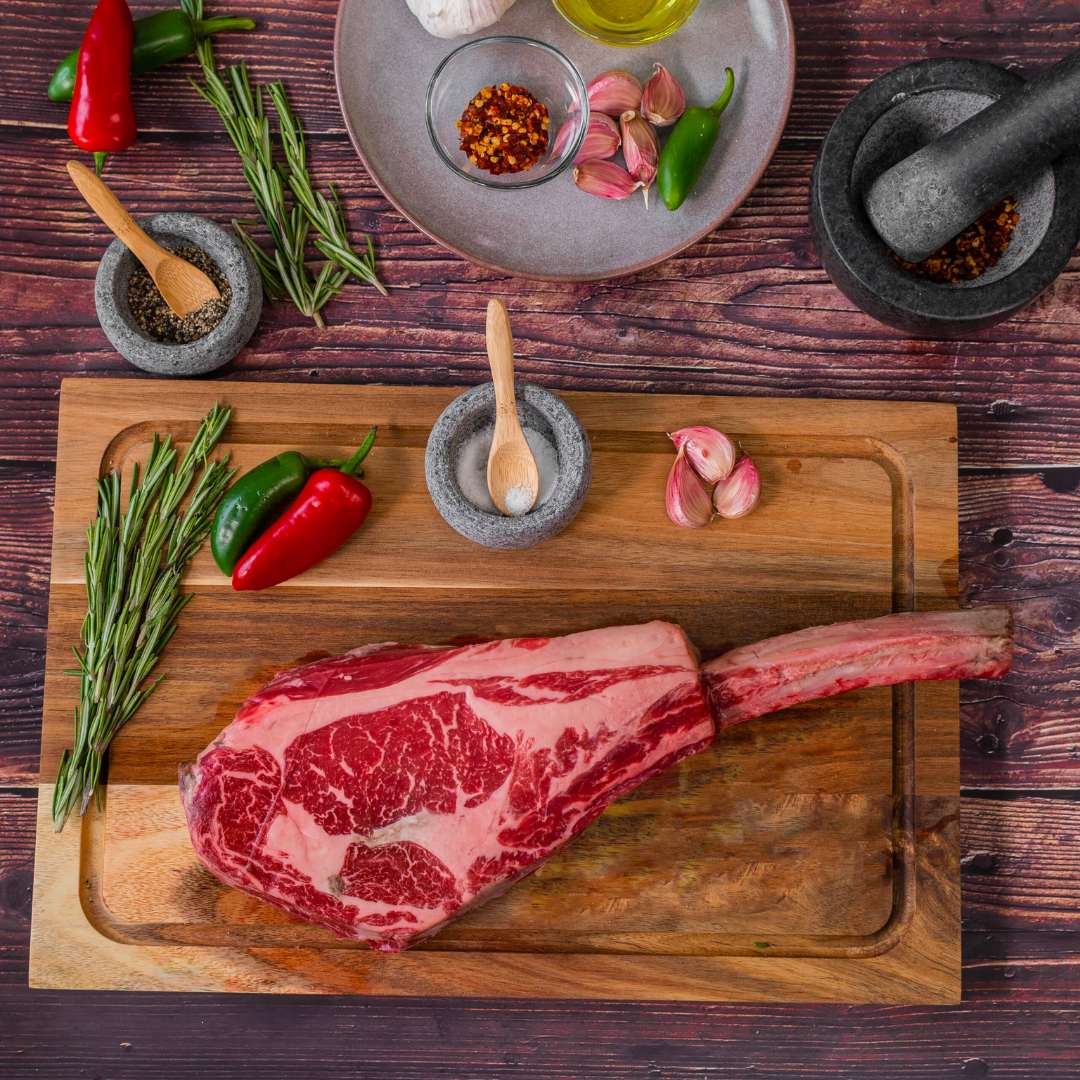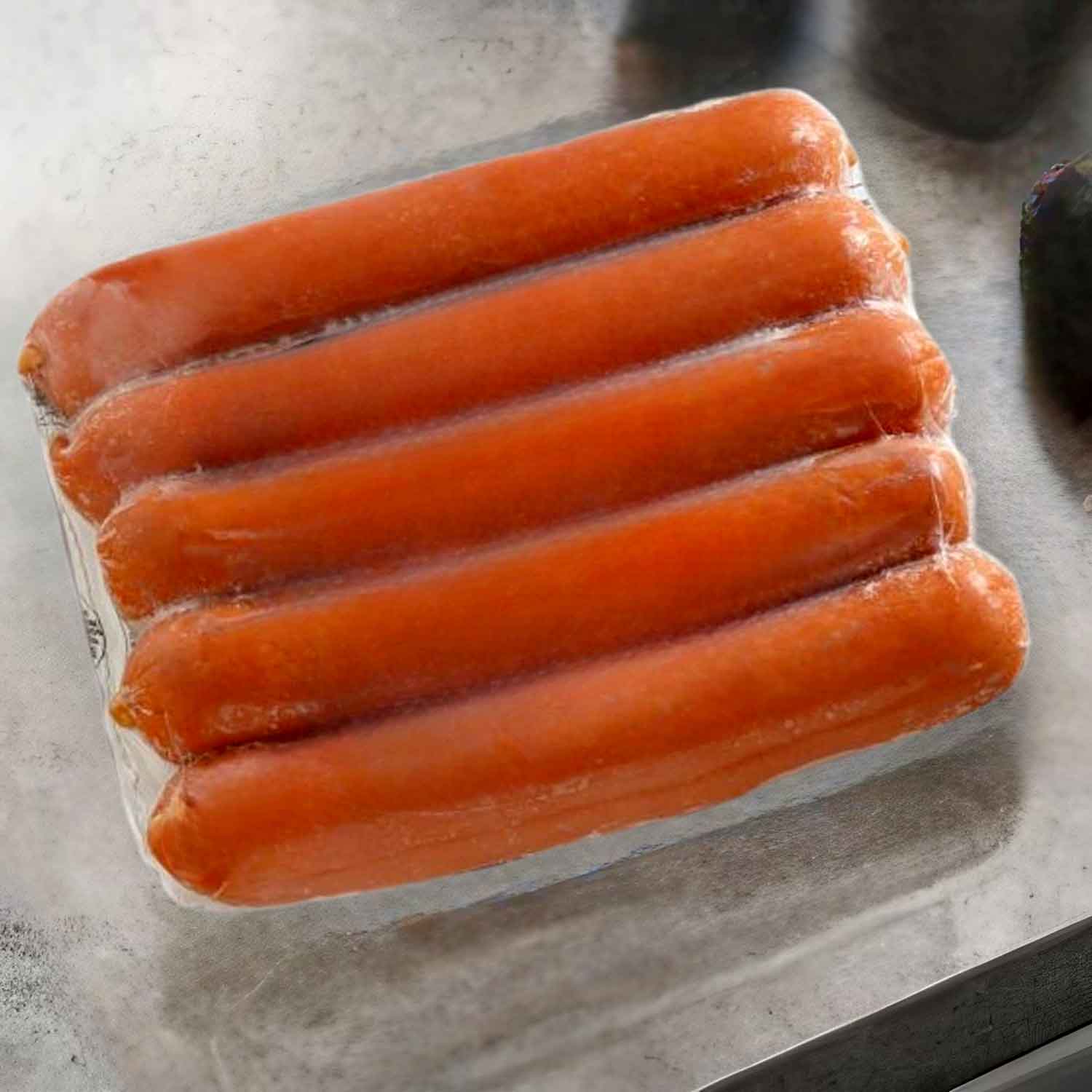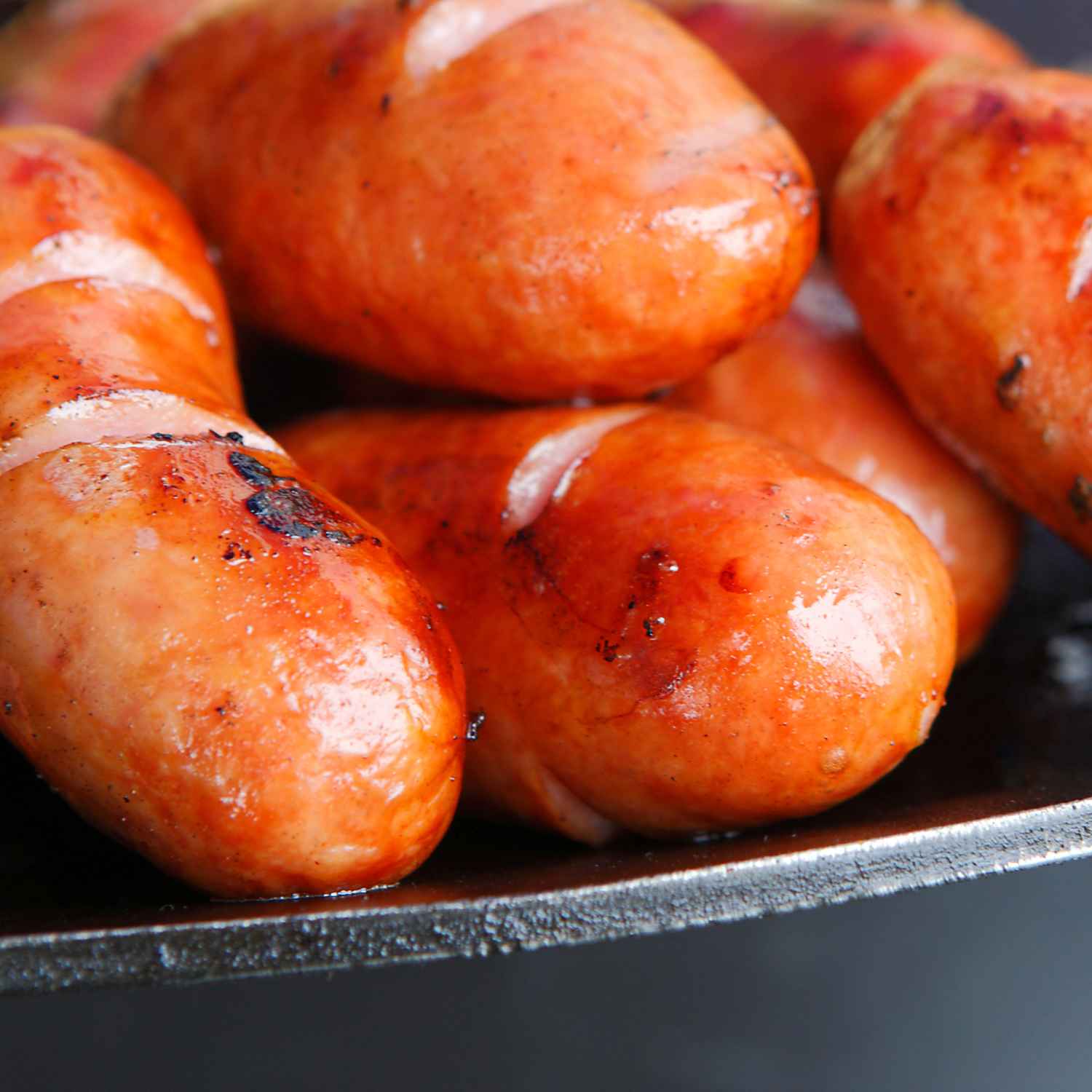Understanding the Basics of Gourmet Steak Cooking
The Essentials of Quality Meat Selection
- Look for marbling: Quality Wagyu has even fat distribution.
- Choose the right grade: Aim for A4 or A5 Japanese Wagyu.
- Consider the source: Opt for reputable farms like Snake River Farms.
- Inspect freshness: Steaks should be bright red with a firm texture.
- Ask about feed: Grass-fed beef offers distinct flavor profiles.
- Evaluate cut thickness: Thicker steaks ensure better heat distribution.
- Get expert advice: Consult butchers at places like MeatKing.hk for top choices.
- Preference matters: Select cuts that suit your cooking style and taste.
Different Cuts of Meat and Their Uses
Understanding the variety of meat cuts is essential for cooking steak. Each cut has unique qualities and purposes. Here are some popular ones:

- Ribeye: Known for marbling and flavor; best for grilling.
- Tenderloin: Lean and tender; ideal for quick searing.
- Sirloin: A balance of tenderness and flavor; good for grilling or pan-frying.
- Tomahawk: A large ribeye with the bone; a showstopper on the grill.
- Striploin: Less fat than ribeye but still juicy; versatile for various cooking methods.
- Wagyu cuts: Higher fat content provides a buttery texture; cook with care to preserve quality.
Knowing the right cut for your cooking style helps create the perfect steak experience.
The Role of Temperature and Doneness in Meat Cooking
The right temperature is key when cooking steak. It affects texture and flavor. Learn the different levels of doneness: rare, medium-rare, medium, medium-well, and well-done. Use a meat thermometer to check the internal temperature. This ensures a perfect steak every time. The common temps are 52°C for rare and 71°C for well-done. Remember, meat keeps cooking after removal from heat! Let it rest for juices to settle. This step is a must for a juicy, flavorful outcome.
Advanced Techniques for Wagyu and Premium Steaks
The Art of Sous Vide Cooking Wagyu Beef
Sous vide is a game-changer for cooking wagyu, known for its rich marbling. This technique uses precise temperature control to cook the beef evenly, resulting in a tender and juicy steak. Follow these steps for a perfect sous vide wagyu experience:
- Select a high-quality wagyu cut for optimal flavor and texture.
- Season the steak with simple spices to let the natural tastes shine.
- Vacuum-seal the steak to lock in the flavors and juices.
- Set the sous vide machine to the ideal temperature for your desired doneness.
- Cook the wagyu slowly, allowing time for the fat to render and the meat to become perfectly tender.
- Once done, give the steak a quick sear for a delectable crust.
- Let the steak rest before slicing to ensure all the juices are distributed evenly.
Master this method, and the steak will melt in your mouth with every bite.
Pan-Frying vs. Grilling: Choosing the Right Method for Wagyu
To cook Wagyu perfectly, choosing the right method is key. Pan-frying gives you control over the crust. It creates a rich, caramelized surface. Grilling adds a smoky flavor to the meat. The high heat of grills may sear it quickly. Remember, Wagyu's fat melts at a lower temperature. Over-grilling can lead to loss of precious juices. Pan-frying needs less setup than grilling. It's better for small indoor spaces. Use a cast iron skillet for best results. Preheat the pan for an even cook. For grilling, aim for medium-high heat. Avoid charring the delicate Wagyu. Let it rest after cooking. This helps redistribute the juices. Try both methods to find your personal Wagyu masterpiece.
Innovative Seasoning and Pairing Strategies for Discerning Palates
When cooking Wagyu, the right seasoning can elevate the flavor. Try blending traditional spices from Hong Kong, like five-spice powder, with classic steak seasonings for a unique twist. For pairing, consider flavors that complement the rich marbling of Wagyu. Lightly pickled vegetables or a tangy citrus salad can cut through the fattiness, providing a refreshing balance. Lastly, pair your Wagyu with a robust red wine from Hong Kong's burgeoning wine scene to elevate your dining experience to the highest culinary standards.
Elevating Your Steak Game in Hong Kong's Competitive Market
Integrating Hong Kong's Flavors and Traditions in Meat Dishes
In Hong Kong, blending local tastes with steak can set your dishes apart. Here's how:
- Use traditional sauces like oyster or black bean to marinate steaks.
- Try stir-frying sliced steak with ginger and scallions for a local twist.
- Serve steak with dim sum sides such as siu mai or har gow.
- Pair wagyu with pickled vegetables for a mix of rich and tart flavors.
- Offer tea-smoked beef ribs, fusing BBQ skills with Chinese tea aromas.
These strategies can create a unique steak experience that honors Hong Kong's culinary heritage.
Marketing Your Steak Game: Tips for Hong Kong Chefs and Restaurants
In Hong Kong, the steak scene is bustling. To stand out, chefs and restaurants must market well. Start with social media, showing off juicy, perfectly cooked steaks. Next, work with food bloggers and critics. They can spread the word about your steak dishes. Offer unique dining experiences, like steak-tasting menus or chef's tables. Use local ingredients to add a Hong Kong twist. Have a signature dish, like a 'Hong Kong-Style Wagyu.' Build a good story around your brand. Where do your steaks come from? Are they sustainably sourced? Finally, provide excellent service. A smiling staff can turn a good meal into a great memory. These tips can help you thrive in Hong Kong's steak market.
Staying Ahead: Keeping Up with the Latest Trends in Meat Cooking
To lead in Hong Kong's dynamic steak scene, stay on top of meat cooking trends. Here's how:
- Learn about new cuts and marbling scores for beef to entice customers.
- Adopt modern cooking gadgets like smart thermometers and precision grills.
- Explore global steak trends such as dry-aging and grass-fed options.
- Offer novel flavors by infusing traditional Asian herbs and sauces.
- Keep menus fresh with seasonal and locally sourced meats.
- Reach out to customers through themed events and steak-tasting nights.
- Engage in social media and food blogger partnerships for promotions.
Staying informed and creative is key to elevating your steak game in Hong Kong.












